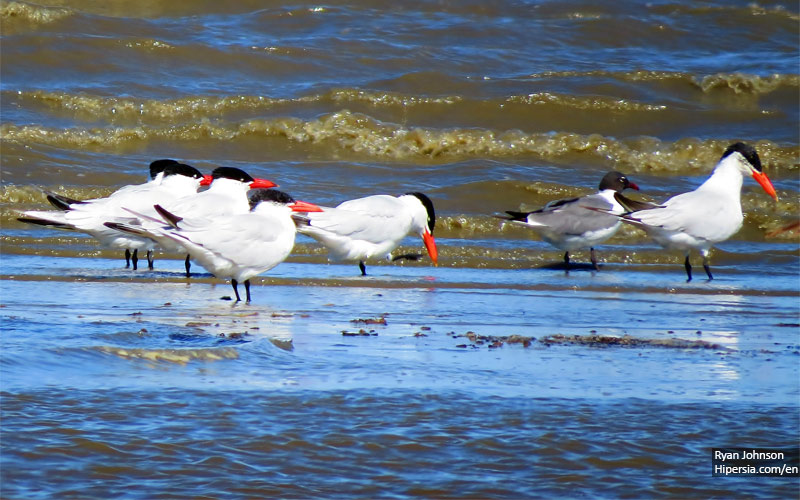



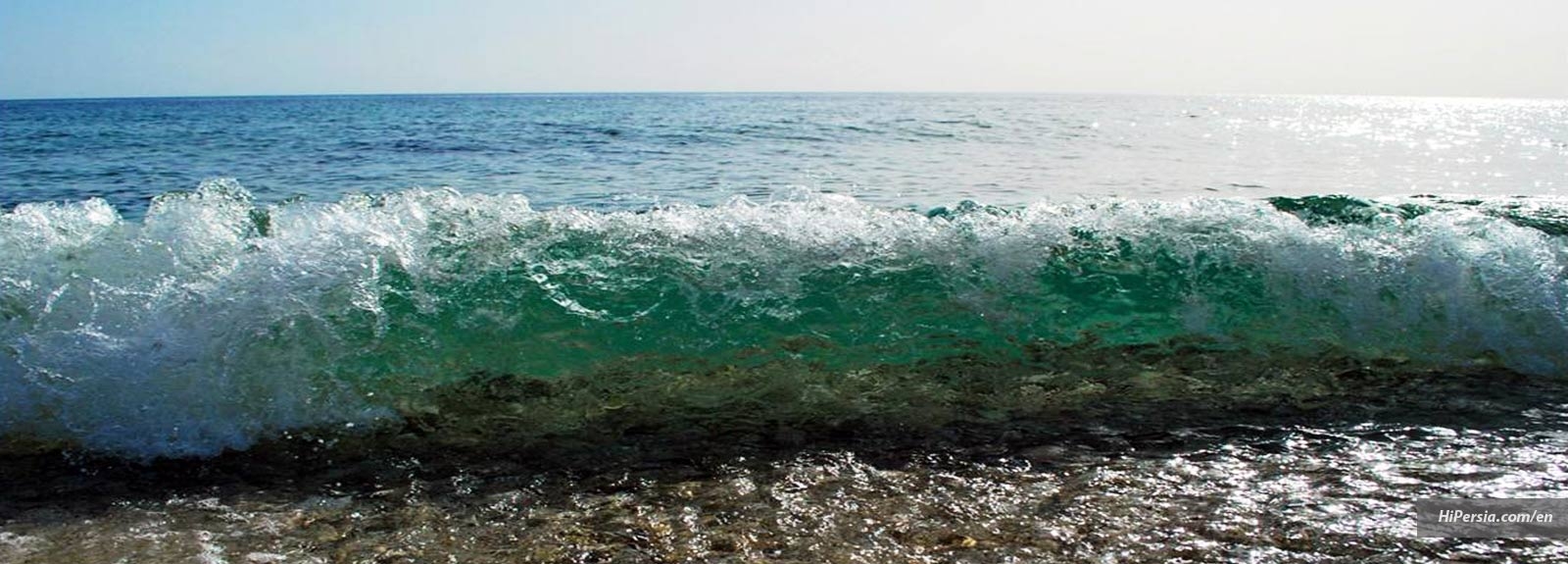
The Caspian Sea is the largest enclosed inland body of water on the earth by area, variously classed as the world's largest lake or a full-fledged sea.
The Caspian Sea with an average depth of 211m and a max depth of 1,025m is the leftover part of the Tethys Ocean which has become landlocked about 5.5 million years ago. Now Kazakhstan, Azerbaijan, Iran, Turkmenistan, and Russia have surrounded it. The Caspian Sea is the producer of 90% of the world’s Caviar. Most Iranian people spend their holidays, near this sea.
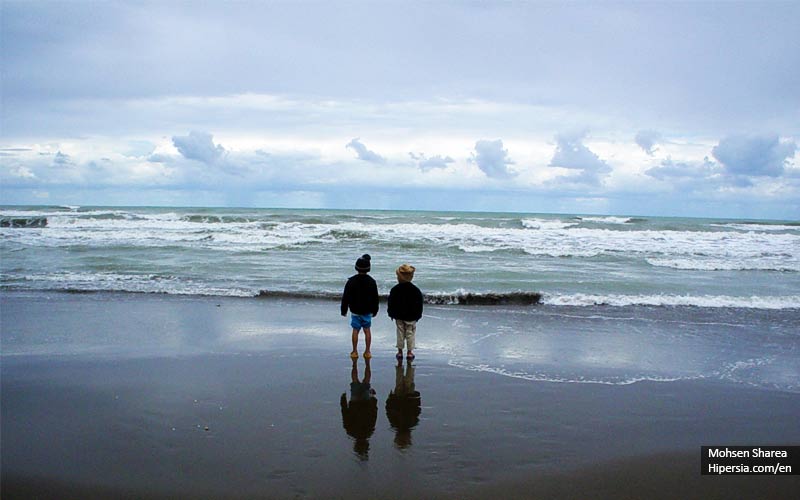
The Caspian Sea is the largest enclosed inland body of water on the earth by area, variously classed as the world's largest lake or a full-fledged sea. The sea has a surface area of 371,000 km², and a volume of 78,200 km³. It is in an endorheic basin (it has no outflows) and is located between Europe and Asia. It is bounded by Kazakhstan, to the northeast by Russia, to the west of Azerbaijan, to the south by Iran, and to the southeast of Turkmenistan. The Caspian Depression is one of the lowest points on Earth.
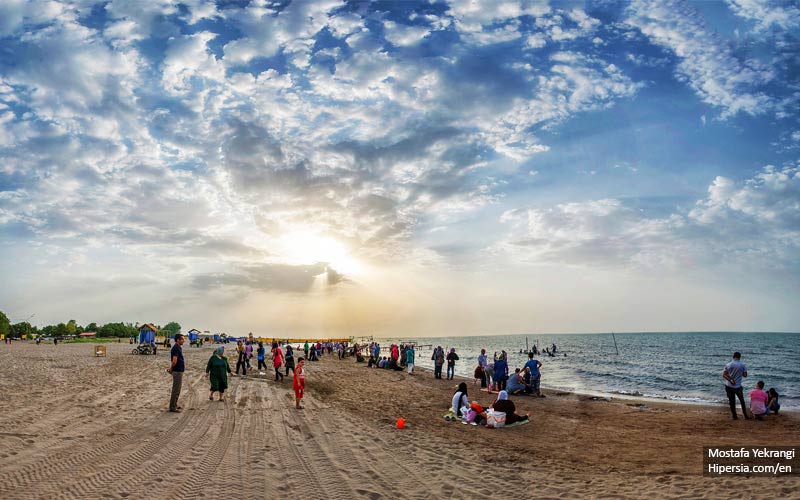
The word Caspian is derived from the name of the Caspi, ancient people who lived in the southwest of the sea in Transcaucasia. Moreover, the Caspian Gates, which is the name of a region in Tehran province of Iran, possibly indicates that they migrated to the south of the sea. The Iranian city Qazvin shares the root of its name with that of the sea. The traditional Arabic name for the sea itself is Bahr al-Qazvin (Sea of Qazvin). In classical antiquity among the Greeks and Persians, it was called the Hyrcanian Ocean. In Persian antiquity, as well as in modern Iran, it is known as the Mazandaran Sea. In Iran, it is also referred to as Darya-I Xazar sometimes. Among Indians, it was called Kashyap Sagar. In Turkic-speaking countries, it is known as the Khazar Sea. Old Russian sources call it the Khvalyn or Khvalis Sea after the name of Khwarezmia. Ancient Arabic sources refer to it as Bahr Gilan meaning "The Gilan Sea".
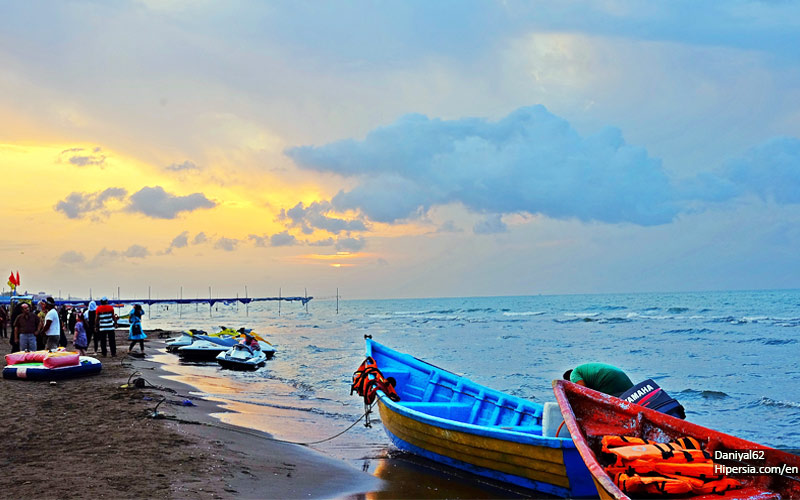
The Caspian, like the Aral Sea, Black Sea, and Lake Urmia, is a remnant of the ancient Ocean and all were once part of it but became landlocked about 5.5 million years ago due to plate tectonic uplift and a fall in sea level. The Volga River (About 80% of the inflow) and the Ural River discharge into the Caspian Sea, but it has no natural outflow other than by evaporation. Over the centuries, Caspian Sea levels have changed in synchrony with the estimated discharge of the Volga, which in turn depends on rainfall levels in its vast catchment basin.
Sturgeons, including the beluga sturgeon, the largest freshwater fish in the world, inhabit the Caspian Sea in great numbers and yield roe (eggs) that are processed into caviar. Overfishing has depleted a number of the historic fisheries, including the economic exhaustion of the tuna fishery. In recent years overfishing has threatened the sturgeon population to the point that environmentalists advocate banning sturgeon fishing completely until the population recovers. The Caspian seal is the other endangered animal that lives in this sea.
